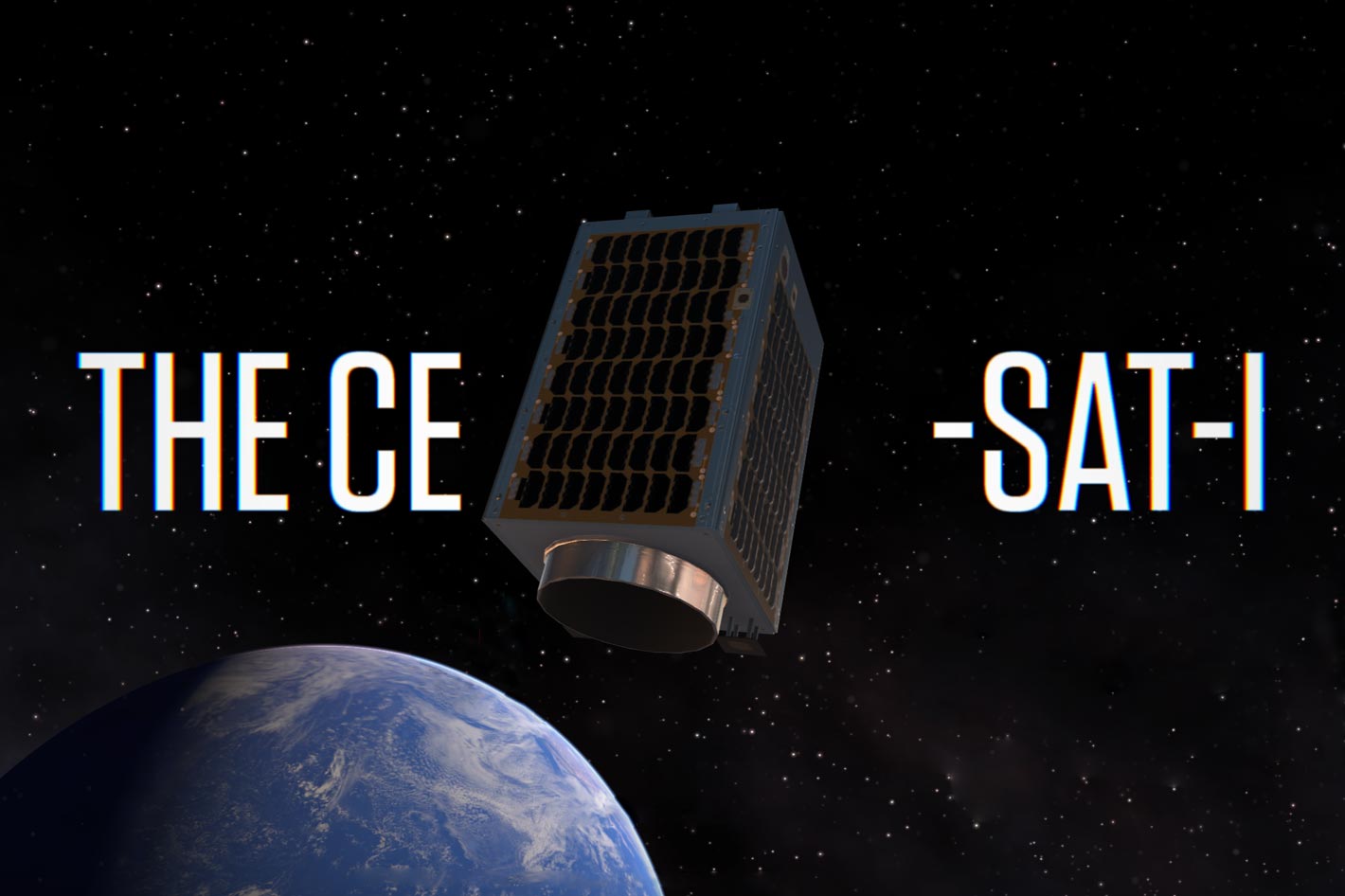
At CES 2021, Canon premiered an interactive digital experience through five unexpected experiences and innovation cornerstones to celebrate how people can use Canon products and solutions to help redefine the limits they face. Attendees can be inspired to transcend limits by capturing the marvels of space, the splendor of wildlife, and the nostalgia of a lost iconic sports setting.
The five experiences allow the public to discover how Canon redefined how we experience sports and entertainment, through the use of its Volumetric Video System, or how software tools such as the EOS Webcam Utility and the upcoming AMLOS Camera System, is redefining how we see, engage and interact with each other through gesture-based imaging technology.
Canon also created an interactive timeline, which allows the public to peek behind the curtain and learn how Canon is collaborating with Tufts University and Mori to scale aqueous silks in order to tackle food waste and plastic pollution. This experience reveals how Canon redefines the way we shape the future. The two remaining experiences are designed with photographers in mind: one of them takes them to Yellowstone, the other to outer space.
In the “Canon Redefines the Way We Capture Life” multi-level interactive experience, attendees will be able to join Canon Explorer of Light and renowned wildlife photographer Charles Glatzer, who traveled to snowy Yellowstone National Park with his EOS R5 camera to photograph the famous Yellowstone wolves to showcase how the monitoring of the wolves has helped preserve the national park and its valuable inhabitants.
The experience allows users to take control of an EOS R5 camera themselves using some of the mirrorless camera’s most remarkable features, such as animal detection and the coordinated in-body stabilization. It’s a path to help people connect with the critical wildlife and natural ecosystems that are continuing to disappear around us in a period where the pandemic has forced many to stay home.
The other experience, “Canon Redefines How We See Our Planet” takes us to outer space. Or, to see Earth from Canon’s CE-SAT-1 satellite, which is orbiting around the blue planet since 2017, when a rocket carrying the micro satellite, developed by Canon Electronics, was launched from a space center in southern India. At 17 minutes and one second after liftoff, the micro satellite entered space, successfully reaching its scheduled orbit. This tiny satellite, measuring only 500 mm x 500 mm x 850 mm, was a major step forward for Canon Electronics. The further miniaturized CE-SAT-III measures 100 mm x 100 mm x 300 mm.
Canon interest for satellites is a long story that goes back to 2009, an adventure that you can read about following the link to the pages dedicated to the company’s satellite development. There you discover that the micro satellite CE-SAT-1 includes such components as a digital single-lens reflex (DSLR) camera with a catadioptric optical system and a compact camera for wide-angle image capture.
The result was the CE-SAT-1. In a small chassis, the company fit such components as a digital single-lens reflex (DSLR) camera – EOS 5D Mark III – with a catadioptric optical system and a compact camera – PowerShot S110 – for wide-angle image capture. Using the DSLR camera, the imaging system can provide a 0.9 m ground resolution from a 500 km orbit within a 5 km x 3 km frame size, making possible the identification of individual cars on a road. The compact camera can capture wide-angle shots within a 740 km x 560 km frame.
Currently, says Canon, the CE-SAT-1 is operating smoothly and sends image data to Earth every day. The company also has another satellite circling Earth, the CE SAT-2B, launched October 2020 to replace the original CE-SAT-1B, which was destroyed on launch. The CE SAT-2B includes a primary telephoto system connected to a super high sensitivity camera with a mirror diameter of 200 mm, a secondary telephoto – EOS M100 – and a PowerShot G9X Mark II used for wide-angle images.
Create your own snapshots of Earth
For the experience revealed at CES 2021 Canon invites attendees to join astronaut Marsha Ivins in a recreation of space to discover Canon’s compact imaging satellites, the CE-SAT-1 and 2B, and see how these cost-efficient, high-resolution satellites are making space imaging more accessible. The experience is an invitation to take snapshots of Earth using the equipment onboard the CE-SAT-1. Canon believes that by making high-resolution space imaging more accessible, we can develop a more holistic view of our planet, and “make better decisions to create a brighter future for everyone in it”.
The snapshooting session is limited to certain areas around the world, shown on a map. There is also a note that the website where the experience resides is for informational purposes and intended for individuals residing and located in the United States. Still, if you’re elsewhere, you can try and snap some images… or simply check the available gallery, which shows what can be captured with the cameras in the micro satellite.
Attendees can navigate different locations around the world, using high-resolution images from the CE-SAT-1, they can take their own snapshots and save their favorites as backgrounds for their compatible mobile device. In addition to lending her voice to the experience, astronaut Marsha Ivins is also taking part in a pre-recorded Canon hosted panel discussion, accessible through the cornerstone, with fellow astronaut and filmmaker Colonel Terry Virts, where they’ll discuss the profound impact space imaging has on humanity and our planet. Surely something to watch over the weekend and share with the family and friends.
